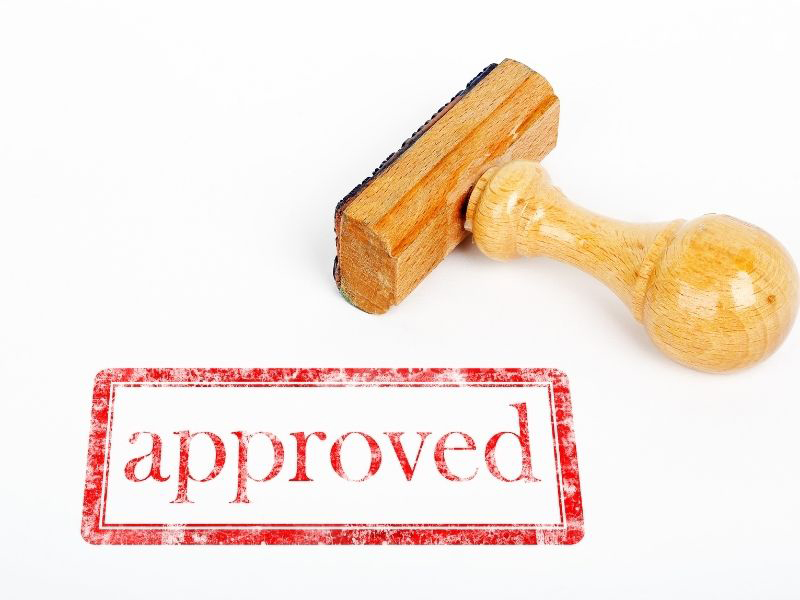When it comes to building a new laundromat these days, it’s a whole different ballgame that it was 35, 25 or even 15 years ago.
I can remember when all I needed was a clean, hand-drawn, to-scale plan with an architect’s stamp – and I could get a building permit within a week.
Just a one-page drawing. Nothing fancy. After all, we aren’t building a skyscraper.
Then, about 15 years ago, municipalities started to require structural engineers to sign off on various portions of these drawings. Today, it’s not unheard of to have an electrical engineer’s input and separate plans showing electrical distribution, panels and load charts.
I’ve had requests for plumbing isometric drawings showing supply and waste lines. These drawing can be helpful, but in many cases, they are total overkill for a laundromat. However, more and more building departments – looking to cover their backsides – are requiring an engineer’s stamp on every document, rather than having the actual contractors take responsibility.
Even before the COVID-19 pandemic, the permitting process could take up to a couple of months – all before any work was allowed to begin on the project. And, since March 2020, building inspectors have been reluctant to even leave the office. If they were going to inspect a job site, some would insist that everyone leave the site so that they could inspect the work alone, without risk of contamination – literally bringing all work to standstill until the site could be inspected.
As we slowly emerge from the pandemic, many building departments remain slow to perform inspections. A buildout process cannot proceed until it receives certain work and inspection benchmarks. For instance, if you’re waiting on an insulation inspection, you can’t cover the walls with sheetrock until that inspection has been successfully completed. And, of course, building a laundromat has several work steps, where certain tasks have to occur before you can move forward with additional work.
In addition, many building departments these days have suffered an exodus of experienced inspectors. And, if the new inspectors are unsure about or lack confident in a buildout situation, they almost always err on the side of more paperwork.
It used to be possible to have a conversation with an inspector and discuss issues and concerns in an open manner. Unfortunately, that’s not possible with many of the inexperienced inspectors who literally “go by the book” and offer no flexibility or, dare I say, imagination. Everyone – including municipalities – are concerned about litigation these days, so the paperwork trail has become more pronounced and much more a part of the construction process.
A recent example of this involved drainage basins. Most building departments insist on an expensive lint separator, with a fine mesh filter through which all of the drain water must flow. In a laundromat, the lint separator will clog within the first week. Typically, the laundry owner will unbolt the top of the separator and remove the filter – never to be replaced again.
With laundromats, behind-the-washer drainage basins with lint filters at the end are preferable, because they are more accessible and easily cleaned. However, our inexperienced plumbing inspector was “going by the book” and would only accept an approved lint separator.
Fortunately, our architect eventually convinced the inspector that the commercially available drainage basins are “approved” and actually do a better job of filtering waste water than lint separators. In the end, we received approval and saved our laundry-owner customer a few thousand dollars. But it was battle to educate this newly minted inspector.
All in all, building departments are slowing down the building process and increasing construction costs, due to a lack of experienced inspectors and a propensity for by-the-book responses.
Since the pandemic and the ensuing labor shortage, there simply are much fewer building inspectors, which has created longer lead times. Plus, add in the construction boom currently taking place, and you can understand the significant increase in the construction process.
When you realize that most building departments today are plagued with a “CYA” mentality – which requires more and more engineers and other experts to sign off on more and more aspects of a laundromat project – it’s easy to see why costs are going upward… and timetables are pushing outward.












